Accordingly, it is necessary to drain water quickly and clean the garden. For flooded gardens, farmers should dig trenches, clear the flow, pump water out of the hole and garden, avoid leaving water in the garden for a long time causing root rot.
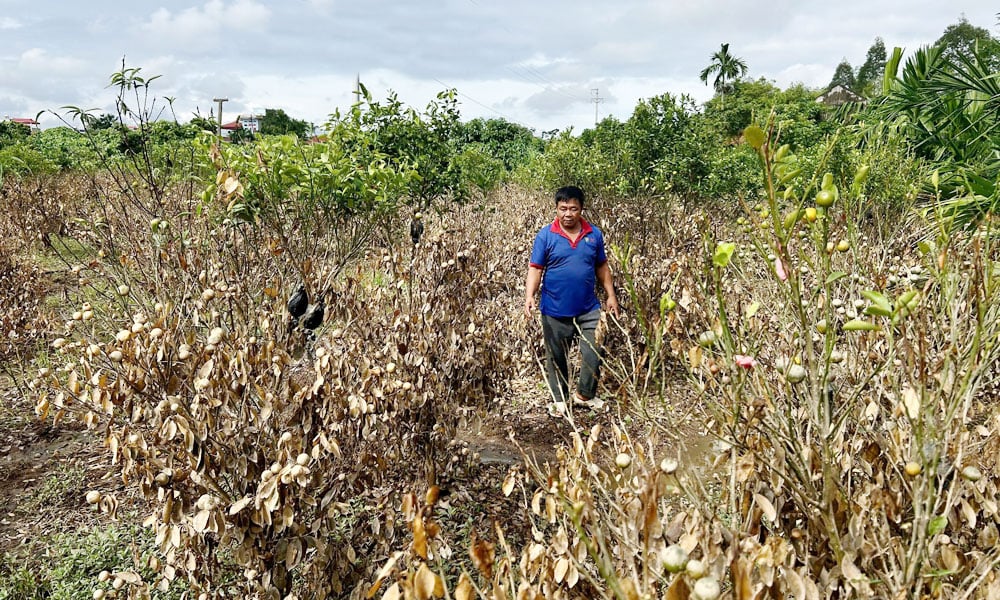 |
People of Giua village, Nha Nam commune check crops after floods. |
At the same time, remove the rubbish on the tree to avoid damage and prevent disease sources. Use a water pump to wash away the mud on the leaves to help increase the ability of photosynthesis and prevent fungal spores. Then, clean up the garden, collect fallen fruit and immediately destroy trees with yellow leaves, fallen leaves, severe root rot that cannot be recovered.
For trees in the harvest period, it is necessary to focus on harvesting quickly to reduce damage, then prune the branches. For trees that are developing fruit, if the flooding time is short (the tree is still green), prune the fruit clusters; if the flooding is long (over 2 days), it is necessary to cut all the fruit and prune the branches so that the tree can concentrate nutrients to recover.
For trees with broken branches, if the level is light (less than 1/3 of the tree canopy), just cut off the broken branch; if it is severe (more than 1/3 of the tree canopy), cut off all the broken branches but keep the branches with leaves to help the tree recover. Fallen trees need to have their branches trimmed, the base straightened and a stake used to secure them.
For trees with loose roots, it is necessary to stomp down, mound the base and treat large wounds with antiseptic solutions such as lime water or copper-based pesticides. After the water has receded and the soil is dry, farmers should lightly loosen the topsoil (5-10 cm) around the base to break the crust, create ventilation, help the roots absorb oxygen and regenerate. At the same time, it is necessary to prevent fungal diseases by sprinkling lime powder, watering fungicides, insecticides to kill mealybugs and nematodes in the area where the tree was destroyed to control the source of the disease.
About 7-10 days after the water recedes, when the soil is no longer too moist, farmers should apply decomposed organic fertilizer combined with biological products (such as Trichoderma) or microbial fertilizer according to the tree canopy projection, limit the use of chemical fertilizers and absolutely do not use nitrogen fertilizer to avoid poisoning.
When the root system begins to recover (about 10-15 days after organic fertilizer application), you can apply balanced NPK fertilizer and spray additional foliar fertilizer, especially those containing micronutrients (such as Fe, Bo, Ca, Cu, B, Zn, etc.) to help the tree grow well and avoid cracking and fruit drop. After storms, damaged parts of the tree create favorable conditions for harmful organisms such as fungi and bacteria to invade, so farmers need to regularly monitor the development of pests and diseases to have timely and effective prevention measures.
Source: https://baobacninhtv.vn/khan-truong-cham-soc-cay-an-qua-sau-lu-postid428968.bbg


![[Photo] The 18th Hanoi Party Congress held a preparatory session.](https://vphoto.vietnam.vn/thumb/1200x675/vietnam/resource/IMAGE/2025/10/15/1760521600666_ndo_br_img-0801-jpg.webp)

![[Photo] Conference of the Government Party Committee Standing Committee and the National Assembly Party Committee Standing Committee on the 10th Session, 15th National Assembly](https://vphoto.vietnam.vn/thumb/1200x675/vietnam/resource/IMAGE/2025/10/15/1760543205375_dsc-7128-jpg.webp)
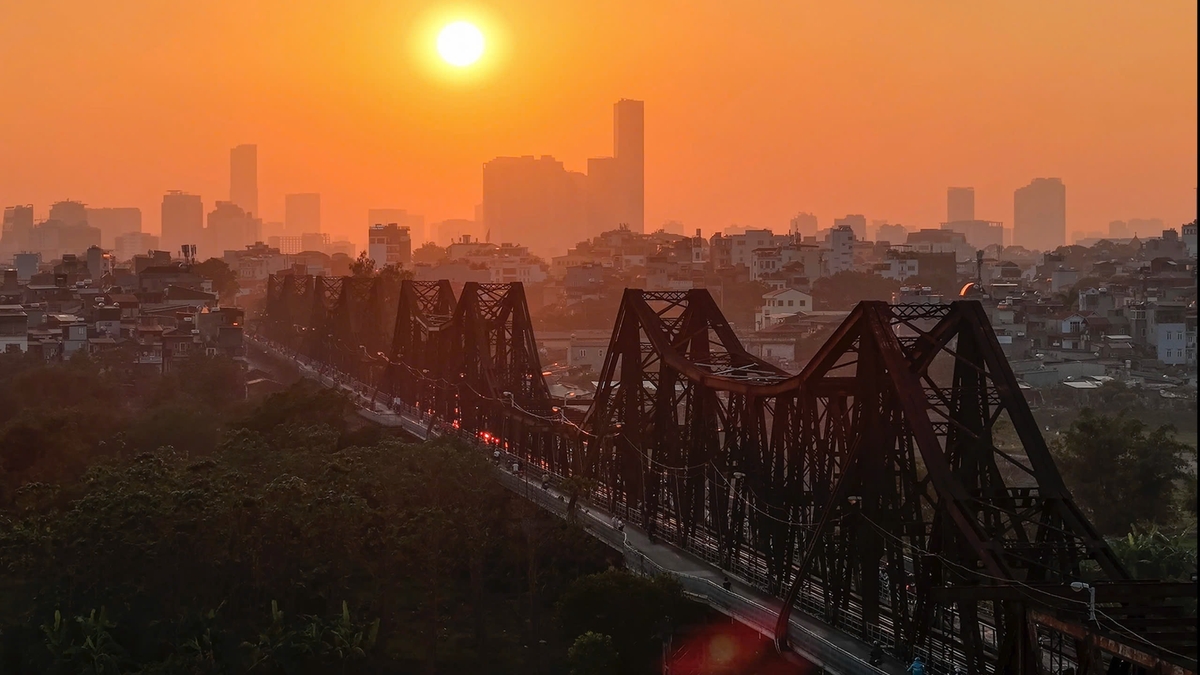

![[Photo] Many dykes in Bac Ninh were eroded after the circulation of storm No. 11](https://vphoto.vietnam.vn/thumb/1200x675/vietnam/resource/IMAGE/2025/10/15/1760537802647_1-7384-jpg.webp)
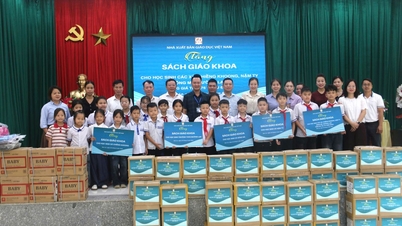

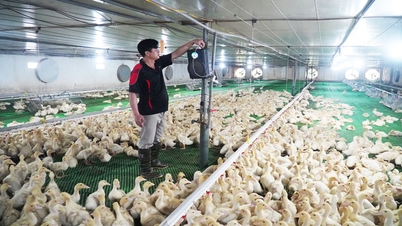





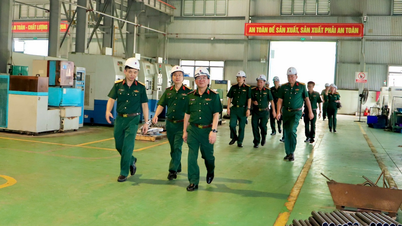



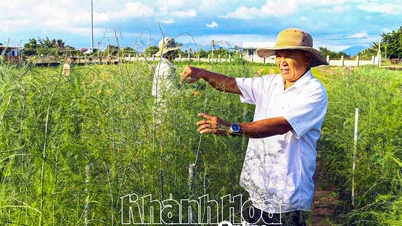

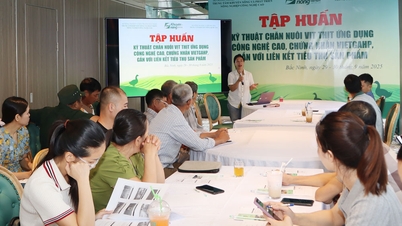


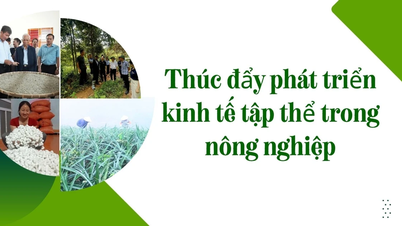

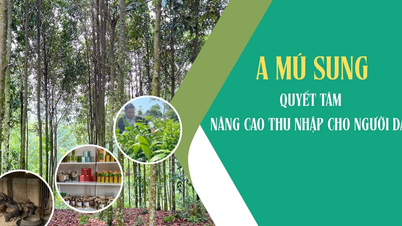




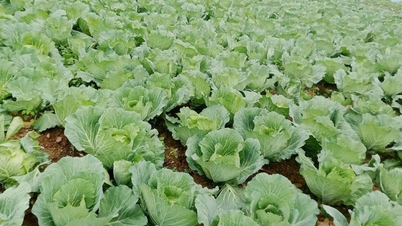
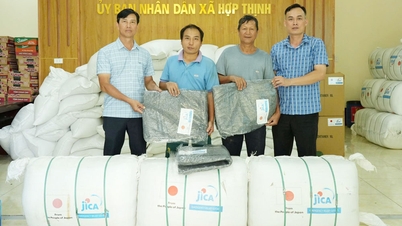


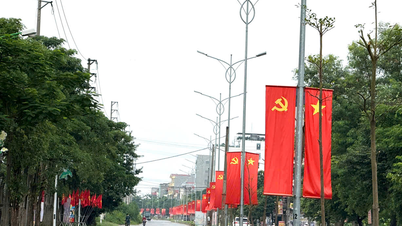




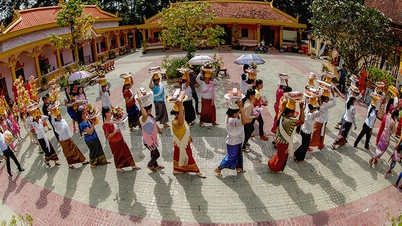

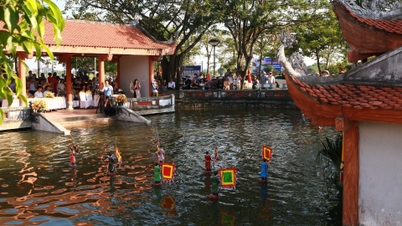

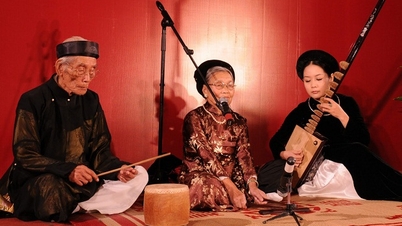




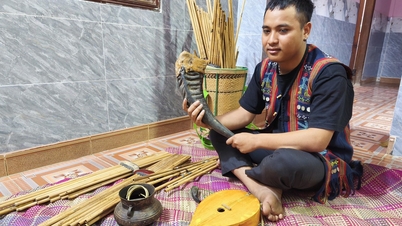

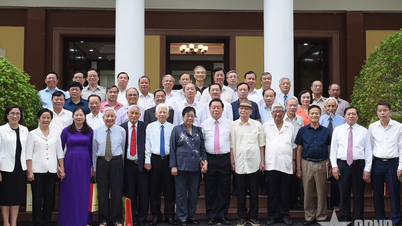



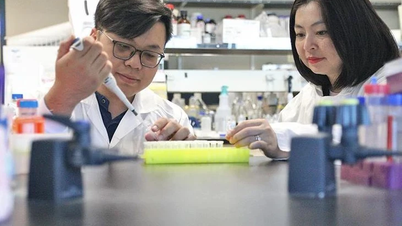

















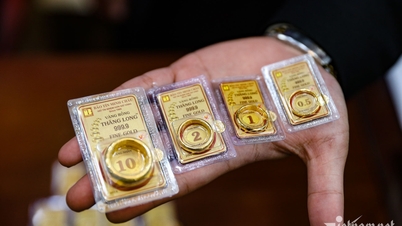


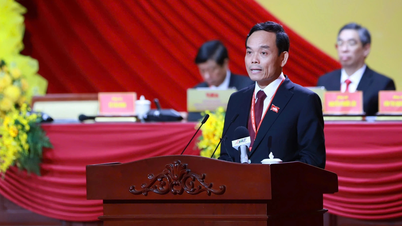





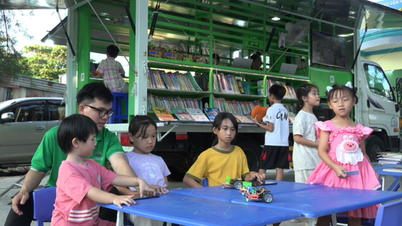





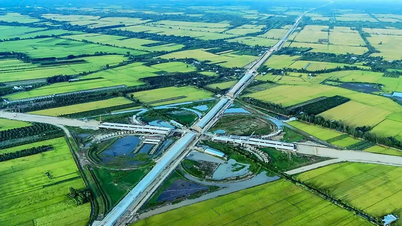


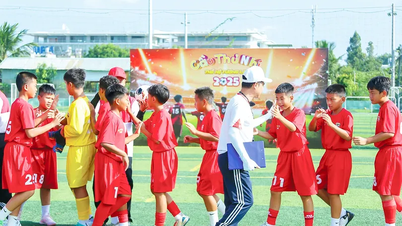
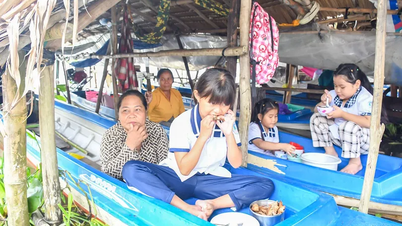
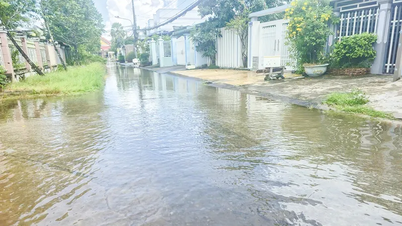







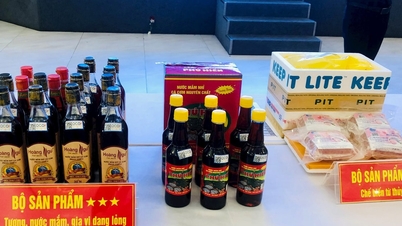





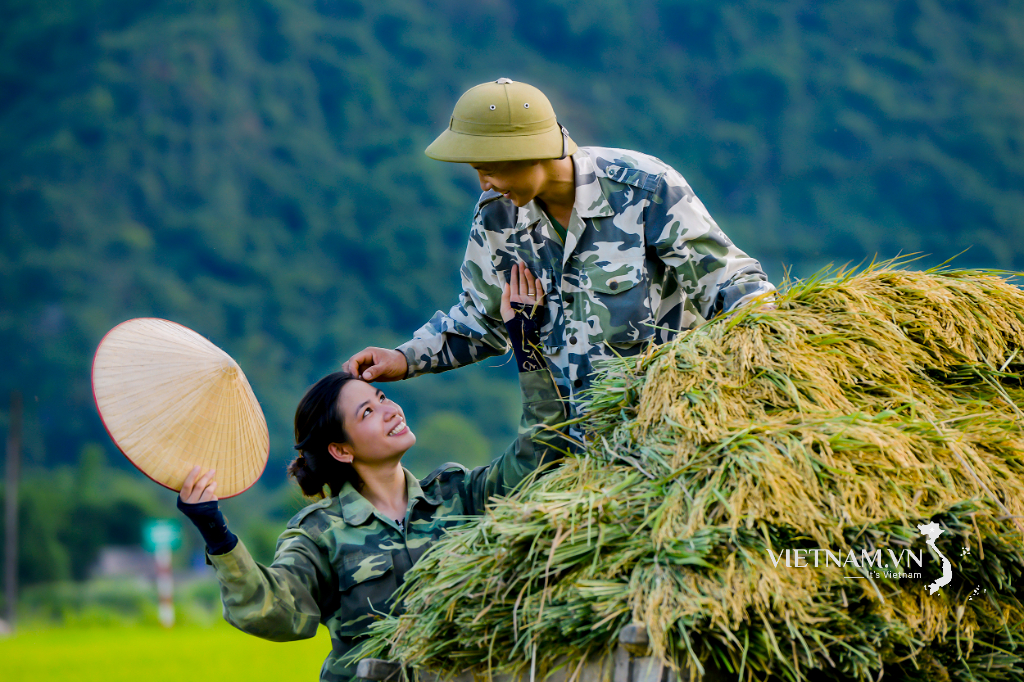


Comment (0)